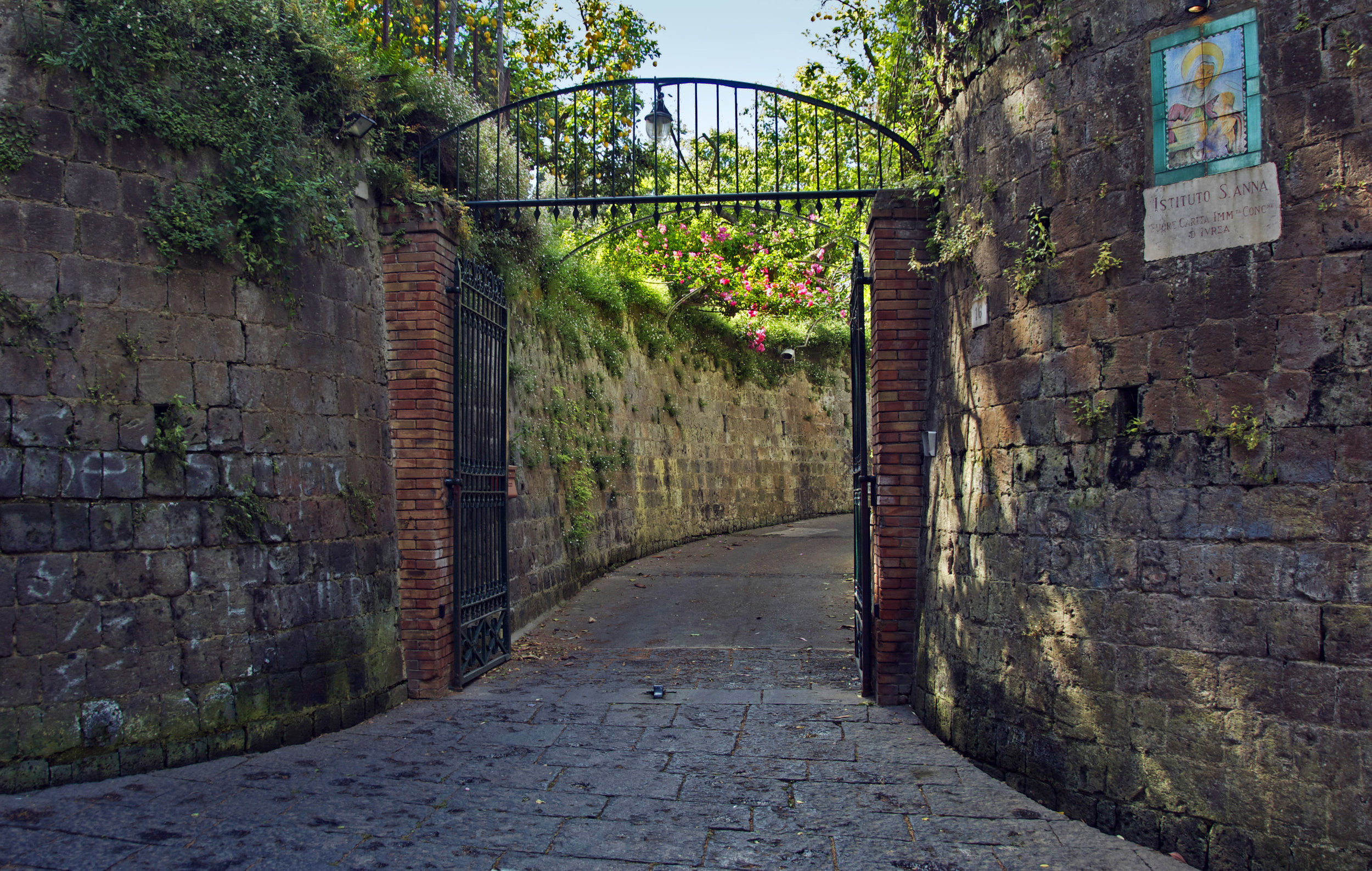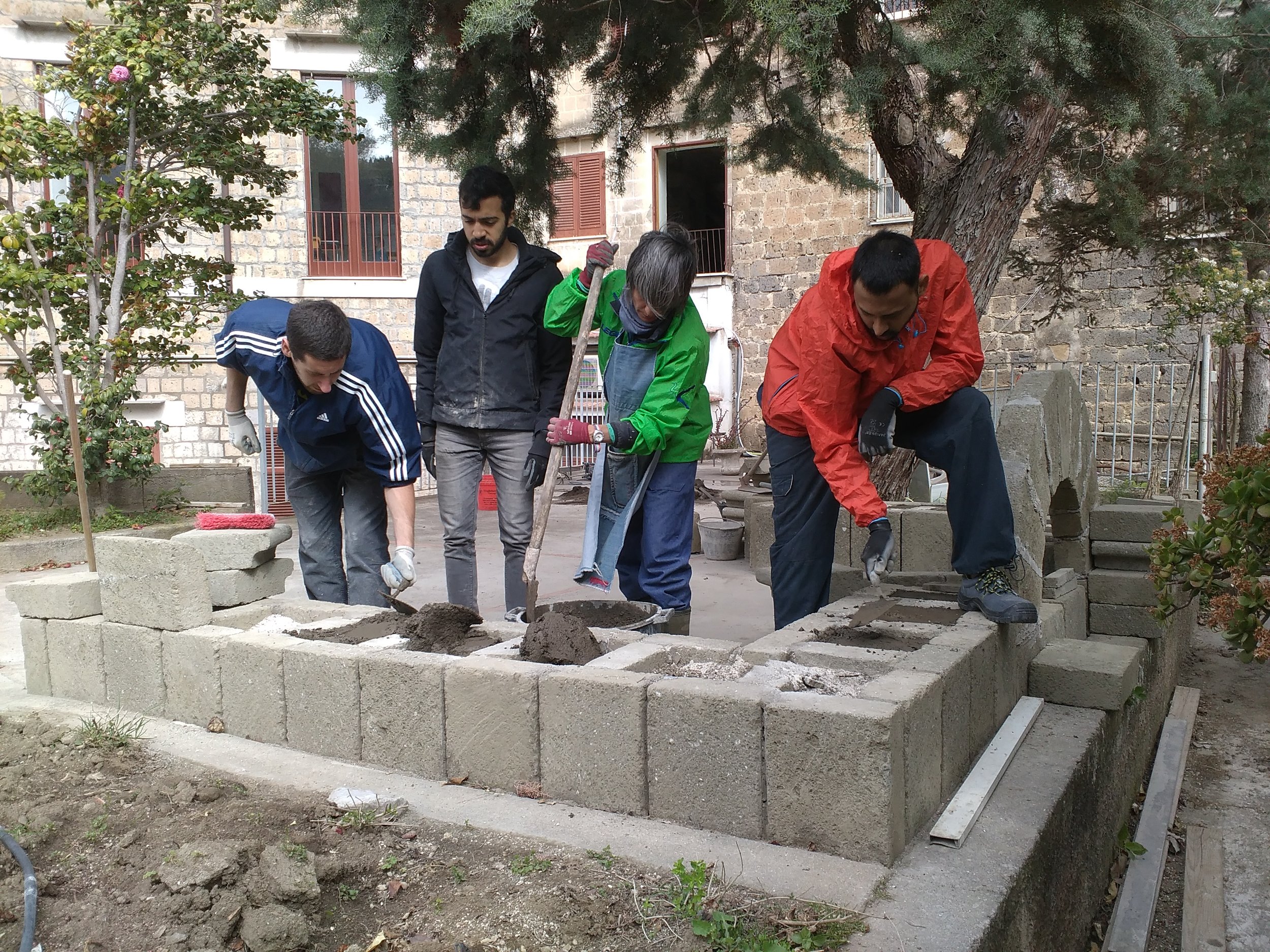
Building Beauty is a multidisciplinary educational program and a community of explorers committed to building places that nurture people and life, while expanding and sharing the knowledge of how it can be done.
It was founded in 2017 to provide an alternative path for students and practitioners in the building professions – architects, engineers, builders, craftspeople, community leaders, placemakers – who find themselves out of place in their own field, yet sense that there must be another way.
There is.
Hear from alumni about their experiences with Christopher Alexander’s “head, heart, and hands” approach to architecture and building.
Building Beauty: Five Principles
New Everything is Somewhere podcast with Angus Stocking on Alexander’s work and the mission of Building Beauty.
If you wish to consider joining the 2025-26 academic year or have questions about the program, write to us at hello@buildingbeauty.org.
Classes begin on September 15, 2025.
The Building Beauty program explores the principles expressed in architect and theorist Christopher Alexander’s book series The Nature of Order, and the design methodologies he developed in his architectural practice and at the University of Berkeley.
Building Beauty was founded by a group of Alexander’s former students and collaborators to make their own learning experiences with him available to new generations. Joined by later newcomers, Building Beauty is a vibrant community dedicated to finding ways to repair and build living places in which people thrive.
The work of Christopher Alexander and his colleagues at CES spans 20 books and more than 100 buildings during 50+ years as documented in the new website of the Christopher Alexander & Center for Environmental Structure Archive. Their unwavering mission was to find ways to build whole, beautiful, living places in our own time.

The Program
The Building Beauty program is a one-year life-changing intensive experience offered online and through in-person events. Together, we will learn how to generate beauty that makes a difference in the real world.
We explore the principles expressed in Christopher Alexander’s The Nature of Order book series through an integrated approach to hands-on making, appropriate technology construction and self-aware design, at the individual and community levels. These four books — The Phenomenon of Life, The Process of Creating Life, A Vision of a Living World, and The Luminous Ground — are the backbone of the Building Beauty program.
We are a growing international network founded in Sorrento, Italy, and supporting projects in Sicily; Slovenia; Detroit, Michigan; and Durban, South Africa; as well as new projects that our students and alumni are invested in and wish to bring into reality together with us.
Founding Principles
1. Beauty
There exists in the natural, cultural and physical world, a class of phenomena that are beautiful, the beauty of which has essentially to do with our everyday material and spiritual life. We want to understand what characterizes such phenomena, how they occur and change, and how, as makers, we can help in the process.
2. Cosmology
The context in which we approach problems to develop solutions acknowledges and embraces the complexity, uncertainty and change that are ever more prevalent in our world. We explore a non-conventional agenda in education and research for making, which poses beauty and its generative process centre stage.
3. Day-To-Day, Minute Functionalism
We acknowledge that life takes place by continuously adapting the surrounding environment in an uninterrupted everyday process of adapting by making. We intend making as an adaptive process of change that predominantly occurs in the dimension of the ordinary.
4. Objective Nature of Beauty
Beautiful ordinary spaces have a quality whose value, once explored at the appropriate level, belongs to all human beings, and is good for everyone. Because that quality exists, makers can, at each step in the process of change, add to and expand—rather than detract from and reduce—the original quality. We define and measure the objective quality of space that emerges at the level where human beings share a common canon of values.
5. Holistic Nature of Space
Space is essentially grounded on our individual and collective self, where functionality, ornament and beauty are just different names for the same thing. We explore our individual and collective self in space as a fundamental way to understanding how to make things.
6. Quality of Space Comes Prior to Function
Beauty emerges, in the physical world, as an inner order that is spatial. Good functionality, and the sense of belonging and wellness are by-products of that. We focus on the order of space that recurs in phenomena of beauty: what it is made of, and how we can help it to emerge and expand over time.
7. Testing The Quality
The quality of space can be tested through understanding the authentic feelings that connect us to the place and others in a profound way. We pursue the ability to recognize, trust and develop our own feelings as a reliable ground for testing the quality of space.
8. Making With Exquisite Care
The quality of spaces does not come by design: it can only emerge during the process of making. We experience beauty in space when we see that everything around has arisen by careful choice and restless consideration of both the place and our own self.We are interested in the process of fine-tuning that creates a place: in a short-term "project" scenario, and in the longer-term, and truly "evolutionary."
9. The "Unfolding" Nature of Beauty Generation
Essentially a process of adaptive transformation, making beauty happens in steps whereby each step expands the pre-existent beauty and, in itself, is complete and makes full sense.We test and explore the unfolding nature of beauty generation both in the process of making and in that of teaching how to make.
10. The Healing Nature of Making
Reunifying what was previously separated is central to the process—in space, in communities, and in ourselves as makers and citizens. Conventional separations (between actors, places and times of decision) are overcome and reunified at each step in a fully integrated healed/whole. We explore how to reunify self, community, design and construction at each step of the process of making.
11. The Reality of The Land and That In Ourselves
Making has to do with understanding the order of the space (existent in the land) and that of what we want to make (existent in ourselves), and then with reunifying the two in a coherent whole. We investigate all means to make such two orders explicit, and then reinforce each other.
12. Mocking Up
In a conventional building process, the means of most separations is the drawing. People make decisions, separately, by looking at drawings. We use drawings as an integral part of making: a physical, on-site, trial-and-error process based on the use of full-scale physical mock-ups. We practice full-scale mocking-up as the core system of decision-making in the building process.
13. Construction
Direct hands-on construction is essential to making. That is where and when everything happens; the building yard and the actual act of construction are the place and moment where the healing reunification occurs. We practice direct construction as the all-encompassing environment of making.
Program Information
Hands-on construction is the backbone of this program.
Students engage in direct construction from the first to the last day.

Student Community
Our students are undertaking an important investigation into how beauty can restore people, places and the quality of lives.

